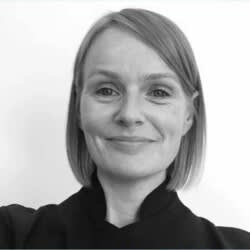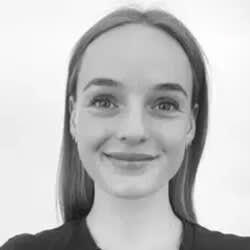Home
Helping You Back to Health.
Experienced Osteopaths in Ealing offering exceptional hands-on treatment for adults, babies & all In between.
What We Treat
Dedicated to patient care, our mission is to get you out of pain, help you move more freely and guide you back to optimum health!

- Back Pain
- Joint Pain
- Neck Pain
- Headache
- Muscle Pain
- Osteoarthritis
- Digestive Issues
- Sciatica
- Sports injury
- Shoulder Pain
- Knee Pain
- Wrist Pain
- Digestive Issues
- Menopause
- Babies & Children
Meet the Team

Hannah Whitcombe
Osteopathy, Acupuncture, Women’s Health & Nutrition

Nicoletta Gelli
Osteopathy. Cranial Osteopathy, Visceral Osteopathy & Dry-Needling.

Madalaine Partridge
Osteopathy for adults & children, Dry-Needling & Sports Massage.
Free Consultations
Not sure how our osteopaths can help your pain or condition? Book a FREE video chat with a member of the team, who will be happy to answer any questions you may have!
Where to Find Us
Find Us: 71-75 Uxbridge Rd, Ealing, W5 5SL
Exceptional hands on treatment for your aches and pains!
Recognised and providing treatment via all major health insurance providers, including Bupa & AXA Health. Our osteopaths are fully registered with the General Osteopathic Council (G.OsC) and members of the Institute of Osteopathy (IO). GDPR 2018 Compliant. Click here for full details of our Privacy Policy